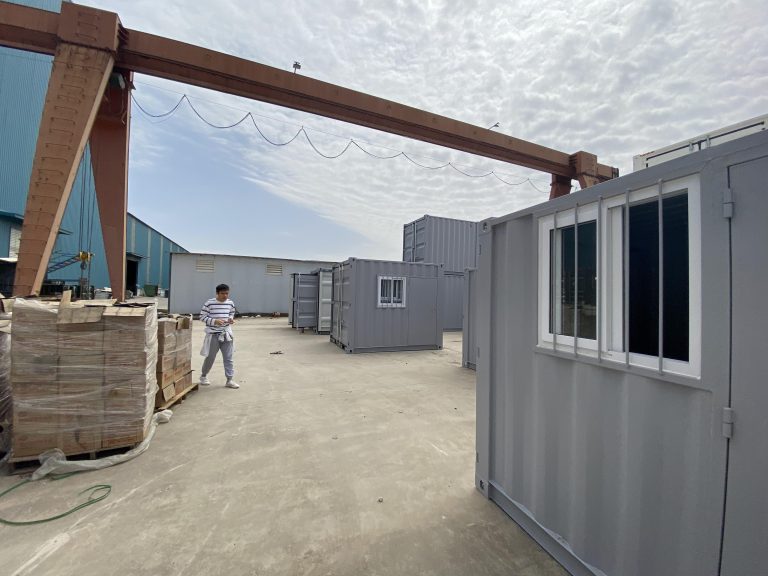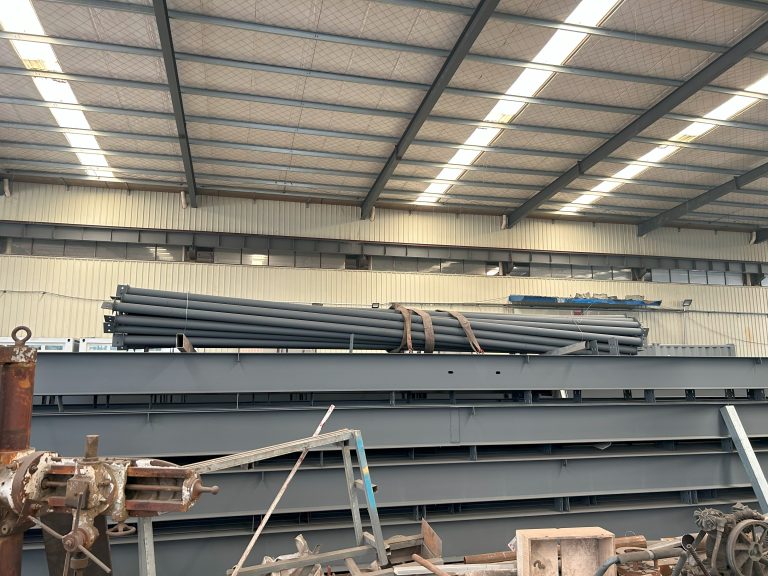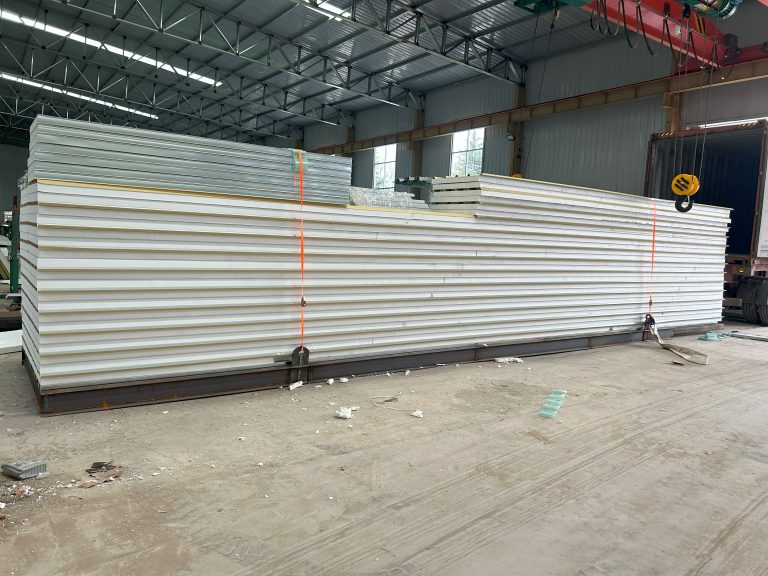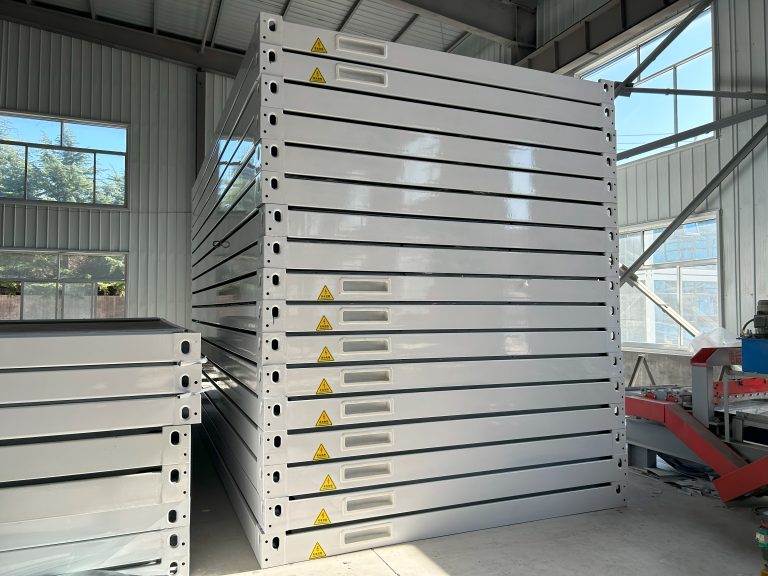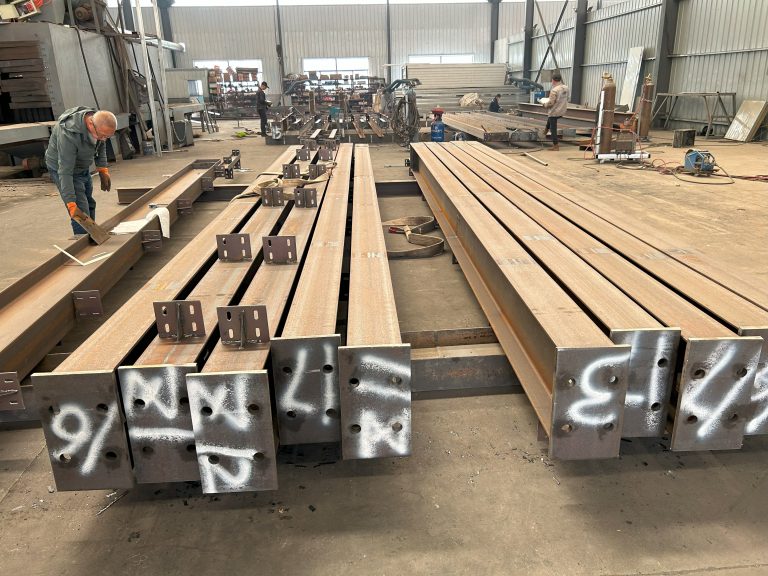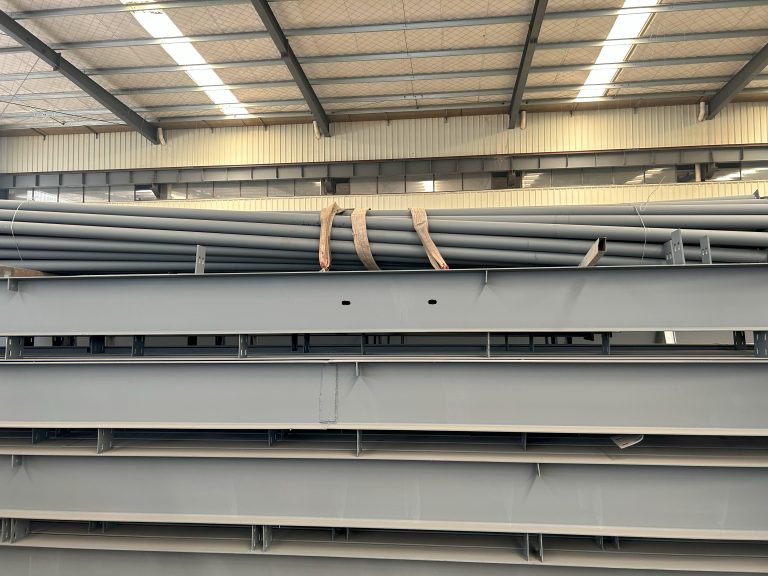The service life and maintenance method of sound insulation board.
Table of Contents
The Importance of Regular Maintenance for Sound Insulation Boards
Sound insulation boards are an essential component in creating a quiet and peaceful environment in buildings. They are designed to reduce noise transmission between rooms, providing a more comfortable living or working space. However, like any other building material, sound insulation boards require regular maintenance to ensure their effectiveness and longevity.
The service life of sound insulation boards can vary depending on factors such as the quality of the material, installation method, and environmental conditions. On average, sound insulation boards can last anywhere from 10 to 20 years. However, proper maintenance is crucial to extending their service life and ensuring optimal performance.
One of the most common issues that can affect the performance of sound insulation boards is moisture damage. Moisture can weaken the structure of the boards, leading to reduced sound insulation properties. To prevent moisture damage, it is important to regularly inspect the boards for signs of water infiltration, such as discoloration or warping. If any damage is detected, it should be repaired promptly to prevent further deterioration.
In addition to moisture damage, sound insulation boards can also be affected by physical damage, such as cracks or dents. These defects can compromise the integrity of the boards and reduce their effectiveness in blocking sound transmission. Regular inspections should be conducted to identify any physical damage, and repairs should be carried out as soon as possible to maintain the boards’ performance.
Another important aspect of sound insulation board maintenance is cleaning. Dust and dirt can accumulate on the surface of the boards over time, reducing their ability to absorb sound. Regular cleaning with a soft brush or vacuum cleaner can help remove debris and maintain the boards’ acoustic properties. It is important to avoid using harsh chemicals or abrasive materials, as these can damage the surface of the boards.
In addition to regular maintenance, it is also important to follow proper installation guidelines when installing sound insulation boards. Improper installation can lead to gaps or weak points in the boards, compromising their effectiveness in blocking sound transmission. It is recommended to hire a professional installer with experience in sound insulation to ensure that the boards are installed correctly.
Overall, regular maintenance is essential for preserving the performance and longevity of sound insulation boards. By conducting regular inspections, addressing any damage promptly, and following proper cleaning and installation guidelines, you can ensure that your sound insulation boards continue to provide effective noise reduction for years to come. Remember, a well-maintained sound insulation system is key to creating a peaceful and comfortable environment in any building.
How to Extend the Service Life of Sound Insulation Boards
Sound insulation boards are an essential component in creating a quiet and peaceful environment in buildings. They are commonly used in walls, floors, and ceilings to reduce noise transmission from one space to another. However, like any other building material, sound insulation boards require proper maintenance to ensure their longevity and effectiveness.
One of the key factors that determine the service life of sound insulation boards is the quality of the material used. High-quality sound insulation boards are more durable and resistant to wear and tear, which can significantly extend their service life. When choosing sound insulation boards, it is important to select a reputable manufacturer that uses high-quality materials and adheres to strict quality control standards.
In addition to the quality of the material, proper installation is also crucial in ensuring the longevity of sound insulation boards. Improper installation can lead to gaps or cracks in the boards, which can compromise their effectiveness in reducing noise transmission. It is important to hire a professional contractor with experience in installing sound insulation boards to ensure that they are properly installed and sealed.
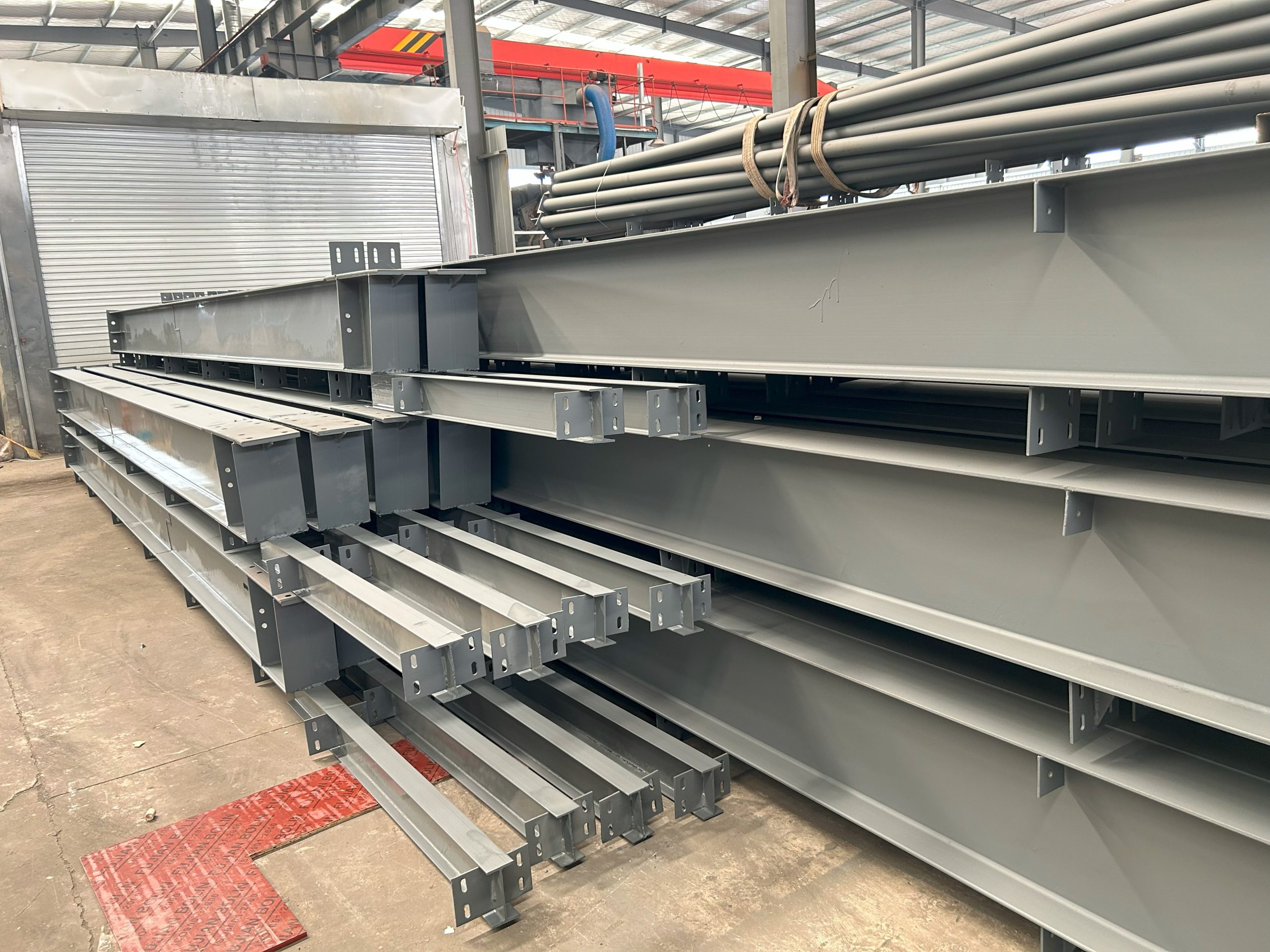
Regular maintenance is another key factor in extending the service life of sound insulation boards. Over time, dust, dirt, and other debris can accumulate on the surface of the boards, reducing their effectiveness in blocking noise. It is important to regularly clean the sound insulation boards using a soft brush or vacuum cleaner to remove any debris and maintain their performance.
In addition to regular cleaning, it is also important to inspect the sound insulation boards periodically for any signs of damage or wear. Cracks, gaps, or water damage can compromise the integrity of the boards and reduce their effectiveness in reducing noise transmission. If any damage is detected, it is important to repair or replace the affected boards as soon as possible to prevent further deterioration.
Another important maintenance task is to ensure that the sound insulation boards are properly sealed and caulked to prevent air leaks. Air leaks can allow noise to seep through gaps in the boards, reducing their effectiveness in blocking sound. It is important to inspect the seals and caulking around the boards regularly and reseal any gaps or cracks to maintain their performance.
In conclusion, sound insulation boards are an important component in creating a quiet and peaceful environment in buildings. To extend their service life and maintain their effectiveness, it is important to choose high-quality materials, ensure proper installation, and perform regular maintenance tasks such as cleaning, inspecting for damage, and sealing gaps. By following these maintenance methods, you can ensure that your sound insulation boards continue to provide effective noise reduction for years to come.

